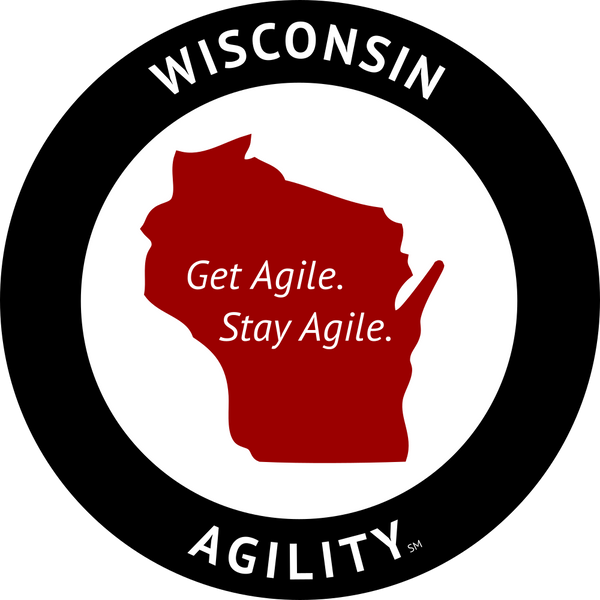Broad Product Definitions: Building the Foundation for Agility
Chad Beier and Jeff BubolzShare
In the pursuit of operational agility, a crucial component is the concept of broad product definitions. By defining products in a way that aligns with strategic goals and minimizes dependencies, organizations can accelerate delivery and enhance quality.

Things to Consider for Broad Product Definitions
When developing a product definition, there are three main components to consider: inputs, decisions, and outputs. Each plays a critical role in shaping how effectively your organization can respond to change and deliver value.
1. Inputs: Assessing Current Structures and Pain Points
The first step in defining your product broadly is to analyze the inputs—what are the current workflows, processes, and team structures in place? It’s essential to identify pain points and understand the root causes behind them. Often, these pain points are symptoms of deeper structural issues that need to be addressed.
Consider the following when evaluating inputs:
- Current Workflows and Processes: Are they streamlined, or do they create bottlenecks?
- Team Structures: Are teams organized in a way that facilitates agility, or are they contributing to silos and delays?
- Root Causes of Pain Points: Are the challenges faced by teams due to surface-level issues, or do they stem from deeper structural problems?
2. Decisions: Defining the Scope and Strategy
Once you’ve assessed the inputs, the next step is to make decisions about the scope of your product definition. The key here is to determine how broad or narrow the product definition should be, based on the organization’s optimizing goals.
Key considerations include:
- Optimizing Goals: What is the primary objective—speed, quality, cost-efficiency, or a balance of these?
- Responsiveness and Adaptability: How quickly do you need to adapt to changes in the market or technology?
- Cross-Functional Team Size: What size and skill mix will your teams need to efficiently deliver the product?
- Risk Tolerance and Investment: How much risk is the organization willing to take on, and what level of investment is available?
Broad product definitions help mitigate long-lived dependencies by ensuring that teams have the skills and autonomy to deliver value independently, reducing the need for coordination and integration across multiple teams.
3. Outputs: Aligning with Strategy and Execution
Finally, the outputs of your product definition process should align with your overall strategy. This involves ensuring that teams are equipped with the necessary skills, resources, and support structures to deliver on the strategic goals.
Focus on the following areas:
- Strategic Alignment: Are the product goals aligned with the organization’s long-term strategy?
- Team Support: Do teams have the necessary resources and skills to execute their tasks effectively?
- Implementation: How will you start implementing changes to move towards this broader product definition?

The Challenge of Dependencies
A common question that arises is: why are dependencies so problematic? In theory, having multiple teams collaborate on a product might seem beneficial, but in practice, it often leads to delays and quality issues.
Dependencies introduce coordination costs, integration concerns, and wait times, all of which can significantly slow down delivery. Additionally, the need to manage these dependencies can lead to reduced quality, as teams are forced to shift focus back and forth between tasks, increasing the likelihood of errors.
Instead, by organizing around broad product definitions and creating cross-functional teams that can deliver end-to-end value, organizations can reduce these dependencies, improve delivery speed, and maintain higher quality.
From Dependencies to Agility
Imagine a scenario where a company has multiple teams working on different components of a product, each dependent on the other. Initially, the teams work linearly, moving from one task to the next. However, as defects and unforeseen challenges arise, work begins to flow backward, causing delays and rework.
The solution? Shift to a broad product definition, where a single cross-functional team is responsible for delivering the entire product from concept to cash. This approach reduces demand on individual teams, allows for strategic trade-off decisions, and accelerates delivery.
By eliminating the need for coordination across multiple teams, the company can focus on delivering high-value work, rather than getting bogged down by dependencies and delays.
By focusing on the entire value delivered to customers, aligning with strategic goals, and minimizing dependencies, organizations can enhance their responsiveness, improve quality, and accelerate delivery.
